Home>Gardening & Outdoor>Landscaping Ideas>What Does Green Grass Symbolize
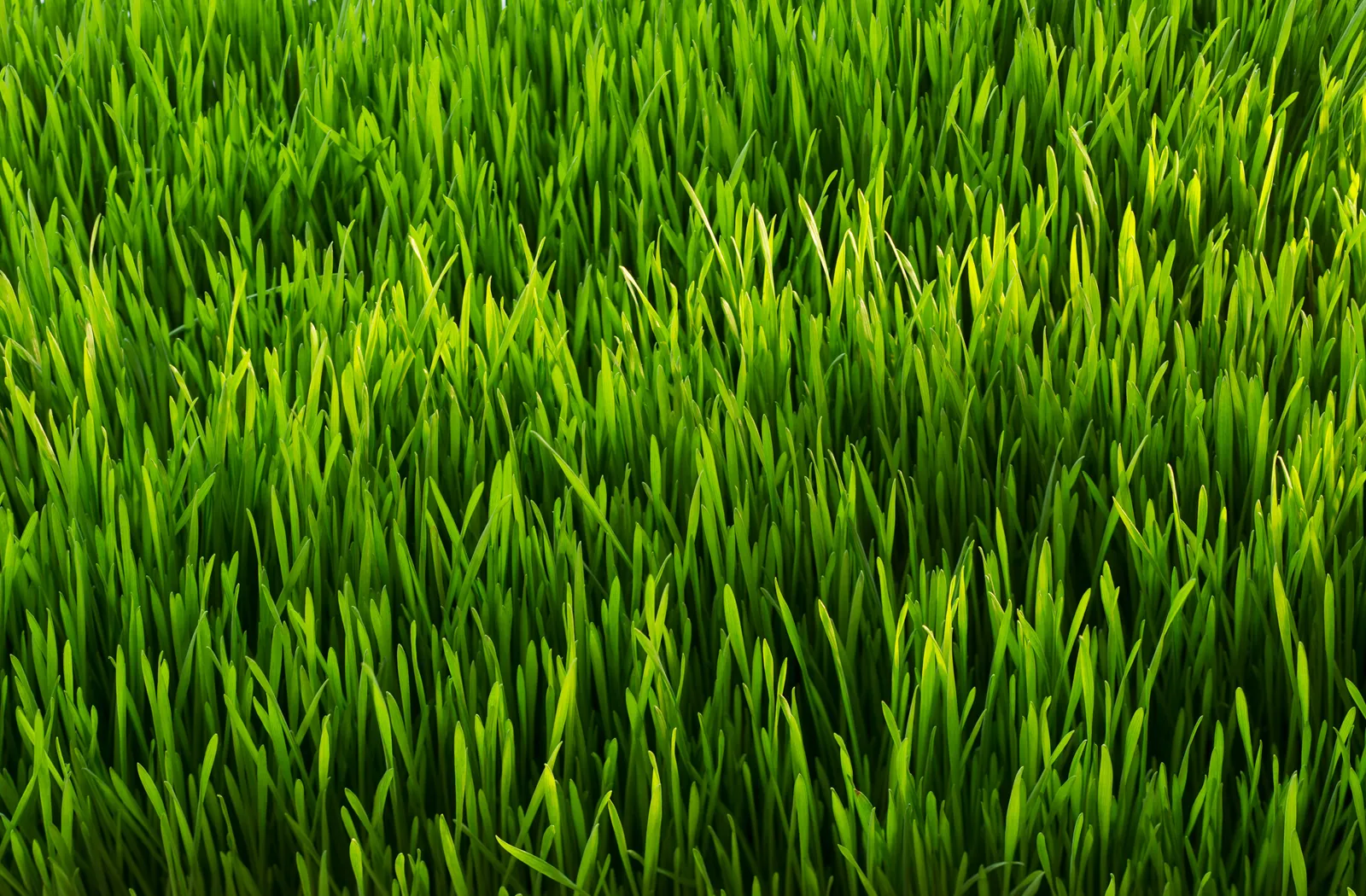

Landscaping Ideas
What Does Green Grass Symbolize
Published: January 26, 2024
Discover the symbolic meaning of green grass and get inspired with landscaping ideas to enhance your outdoor space. Explore the significance of green grass in landscaping.
(Many of the links in this article redirect to a specific reviewed product. Your purchase of these products through affiliate links helps to generate commission for Storables.com, at no extra cost. Learn more)
Introduction
Celebrating the Symbolism of Green Grass
Green grass is a ubiquitous element of the natural landscape, adorning lawns, meadows, and fields with its lush and vibrant hue. Beyond its aesthetic appeal, green grass has captivated human imagination and symbolism for centuries. This article delves into the multifaceted significance of green grass, exploring its cultural, literary, environmental, and psychological connotations. By unraveling the symbolism of green grass, we gain a deeper appreciation for its profound impact on human perception and interpretation.
Throughout history, green grass has been revered as a symbol of vitality, renewal, and abundance. Its verdant expanse embodies the essence of life and growth, serving as a visual manifestation of nature’s resilience and vitality. From ancient civilizations to modern societies, the allure of green grass has transcended geographical and cultural boundaries, becoming a universal emblem of natural beauty and vitality.
Join us on a journey to unravel the rich tapestry of meanings woven into the lush blades of green grass, as we explore its cultural, literary, environmental, and psychological significance. Through this exploration, we aim to shed light on the enduring allure of green grass and its profound impact on human consciousness.
Cultural and Historical Perspectives
Key Takeaways:
- Green grass symbolizes vitality, renewal, and emotional well-being, weaving a rich tapestry of cultural, literary, ecological, and psychological significance throughout human history.
- Its lush expanse serves as a timeless emblem of abundance, tranquility, and the eternal cycle of life, fostering a deep appreciation for the beauty of the natural world and nurturing a profound bond between humanity and the verdant landscapes it inhabits.
Read more: What Does Pampas Grass Symbolize
Green Grass: A Tapestry of Cultural and Historical Significance
Across diverse cultures and epochs, green grass has held a revered status, symbolizing a myriad of concepts deeply ingrained in the human psyche. In many ancient societies, the lushness of green grass was associated with prosperity, fertility, and the cyclical nature of life. The verdant expanses of grasslands were revered as sacred spaces, embodying the bountiful gifts of nature and serving as a source of sustenance for both humans and animals.
In Celtic folklore, the “Green Man,” a deity symbolizing rebirth and the cycle of growth, was closely linked to the vitality of greenery, including lush grass. This association underscores the profound spiritual and cultural significance attributed to green grass, portraying it as a symbol of renewal and the eternal cycle of life.
Moreover, the concept of “green pastures” has permeated religious and spiritual narratives, signifying a place of abundance, tranquility, and divine providence. In Christianity, the imagery of green pastures, as depicted in the 23rd Psalm, evokes a sense of comfort and spiritual nourishment, underscoring the enduring symbolism of green grass as a source of solace and sustenance.
Throughout history, the cultivation of green grass has been intertwined with the evolution of human societies. The emergence of formal gardens and manicured lawns in ancient civilizations such as Persia and Egypt reflected a deep appreciation for the aesthetic and symbolic value of lush, well-tended grass. These meticulously maintained landscapes served as a testament to human ingenuity and the desire to harmonize with the natural world, further elevating the cultural significance of green grass.
As we traverse the annals of history, it becomes evident that green grass has transcended its role as a mere botanical element, evolving into a potent symbol of abundance, vitality, and spiritual resonance across diverse cultural landscapes. Its enduring presence in art, folklore, and religious narratives attests to the profound impact of green grass on human consciousness and cultural expression.
Symbolism in Literature and Art
The Lush Tapestry of Green Grass in Literature and Art
Green grass, with its vivid and verdant allure, has long been a recurring motif in literature and art, symbolizing a plethora of themes and emotions. In literary works spanning various genres and epochs, the imagery of green grass often serves as a powerful symbol of vitality, growth, and the inexorable passage of time. From pastoral poetry to modernist prose, the evocative presence of green grass has captured the imagination of writers and artists, infusing their creations with layers of symbolic depth.
In pastoral poetry, the depiction of idyllic landscapes adorned with green grass evokes a sense of bucolic tranquility and natural harmony. Through the lens of poets such as William Wordsworth and John Keats, green grass becomes emblematic of a timeless, unspoiled realm, where humanity finds solace and spiritual communion with the natural world. This portrayal aligns green grass with notions of purity, innocence, and the enduring resilience of the natural world, enriching the poetic tapestry with its verdant symbolism.
Moreover, in visual art, the depiction of green grass has been a source of inspiration for renowned painters and artists. The works of impressionist masters such as Claude Monet and Vincent van Gogh showcase the nuanced portrayal of green grass, capturing its luminous vitality and chromatic richness. Through their masterful use of color and texture, these artists imbue green grass with a transcendent quality, inviting viewers to contemplate its symbolic resonance as a testament to the beauty and transience of life.
Furthermore, in literary classics and contemporary fiction, green grass often serves as a metaphor for renewal, transformation, and the cyclical nature of existence. Whether portrayed as a backdrop for poignant moments of introspection or as a central motif representing the ebb and flow of human experience, the symbolism of green grass infuses narratives with a profound sense of interconnectedness with the natural world.
As we navigate the realm of literature and art, the symbolism of green grass emerges as a vibrant thread woven into the fabric of human creativity and expression. Its enduring presence in artistic endeavors underscores its status as a potent symbol of vitality, resilience, and the eternal dance of life and renewal.
Environmental and Ecological Significance
Green grass is often seen as a symbol of growth, renewal, and vitality. It can represent new beginnings, freshness, and the cycle of life. In literature and art, green grass is commonly used to convey these positive and hopeful themes.
Green Grass: Nurturing the Fabric of the Natural World
Green grass, as a foundational component of terrestrial ecosystems, plays a pivotal role in sustaining the delicate balance of the natural world. Its ecological significance extends far beyond its visual appeal, encompassing a myriad of functions that are essential for the well-being of diverse ecosystems and the myriad species that depend on them.
One of the foremost ecological roles of green grass lies in its capacity to prevent soil erosion and promote soil stability. The dense network of roots and rhizomes of grass species effectively anchors the soil, mitigating the impact of erosion caused by wind and water. This vital function not only preserves the integrity of landscapes but also safeguards the fertility of soil, enabling the sustenance of diverse plant and animal communities.
Furthermore, green grass serves as a primary producer within food webs, forming the basis of grazing ecosystems and supporting a multitude of herbivorous species. Its photosynthetic prowess fuels the production of organic matter, providing nourishment for a diverse array of herbivores and serving as a critical link in the intricate web of ecological interactions.
In addition, green grass contributes to the mitigation of environmental pollutants and greenhouse gases, playing a role in carbon sequestration and air purification. The lush foliage of grasses acts as a carbon sink, absorbing atmospheric carbon dioxide and mitigating the impacts of anthropogenic emissions. Moreover, the adept uptake of various pollutants by grass species aids in improving air and soil quality, underscoring their significance in environmental remediation.
From a broader ecological perspective, the presence of green grass fosters biodiversity and ecological resilience, providing habitats for a diverse array of organisms and contributing to the stability of ecosystems. Grasslands, characterized by expansive stretches of green grass, harbor a rich tapestry of plant and animal species, embodying the intrinsic value of these ecosystems as reservoirs of biological diversity.
As stewards of the natural world, recognizing the ecological significance of green grass is paramount in fostering a deeper understanding of its indispensable role in sustaining the intricate web of life. By acknowledging and preserving the ecological functions of green grass, we uphold the resilience and vitality of the natural world, ensuring the perpetuation of diverse ecosystems for generations to come.
Psychological and Emotional Associations
Green Grass: Nurturing the Human Psyche
The verdant expanse of green grass exerts a profound influence on the human psyche, evoking a myriad of psychological and emotional associations that resonate deeply within our consciousness. As a ubiquitous element of the natural landscape, green grass elicits a sense of tranquility, vitality, and emotional resonance, shaping our perceptions and fostering a profound connection with the natural world.
Research in environmental psychology has underscored the restorative and stress-reducing effects of green spaces, with green grass serving as a potent symbol of rejuvenation and emotional well-being. The visual presence of lush grassy landscapes has been linked to enhanced cognitive function, reduced mental fatigue, and an overall sense of psychological restoration, highlighting the therapeutic potential of green environments.
Moreover, the color green, epitomized by the verdant hue of grass, is associated with a myriad of emotional connotations, including tranquility, harmony, and hope. The visual perception of greenery has been shown to elicit feelings of calmness and optimism, engendering a sense of emotional equilibrium and connection with the natural world. This emotional resonance underscores the profound impact of green grass on our psychological well-being.
Furthermore, green grass serves as a potent symbol of growth, renewal, and the cyclical nature of life, evoking a sense of optimism and vitality. Its lush expanse embodies the enduring resilience of nature, inspiring feelings of hope and rejuvenation in the human psyche. This symbolic association with growth and renewal infuses green grass with a transcendent quality, resonating with our innate emotional yearning for vitality and transformation.
From a cultural and symbolic perspective, green grass has been intertwined with themes of nostalgia, innocence, and the timeless allure of nature. The imagery of a sun-dappled meadow or a verdant lawn often conjures nostalgic sentiments, evoking memories of carefree moments and idyllic landscapes. This emotional resonance underscores the enduring appeal of green grass as a symbol of cherished memories and emotional solace.
As we navigate the tapestry of human emotions and psychological associations, green grass emerges as a potent catalyst for fostering emotional well-being, instilling a sense of tranquility, optimism, and connection with the natural world. Its enduring presence in our collective consciousness serves as a testament to its profound impact on our emotional landscape.
Conclusion
Read more: What Does Greenery Symbolize
Embracing the Evergreen Symbolism of Green Grass
Throughout the annals of human history, green grass has transcended its botanical essence to become a potent symbol of vitality, renewal, and emotional resonance. Its lush expanse has woven a rich tapestry of cultural, literary, ecological, and psychological significance, permeating diverse facets of human experience with its enduring allure.
From ancient folklore to modern-day art, green grass has served as a timeless emblem of abundance, tranquility, and the eternal cycle of life. Its cultural and historical significance is deeply rooted in the human consciousness, embodying the intrinsic connection between humanity and the natural world.
Moreover, in literature and art, the symbolism of green grass has flourished as a testament to the enduring resilience of nature and the profound interconnectedness between humanity and the environment. Its vibrant presence in creative expressions underscores its capacity to evoke emotions, inspire introspection, and foster a deep appreciation for the beauty of the natural world.
Ecologically, green grass stands as a stalwart guardian of terrestrial ecosystems, playing a vital role in soil stabilization, biodiversity conservation, and environmental remediation. Its ecological significance underscores the indispensable role of green grass in sustaining the delicate balance of the natural world, ensuring the continuity of diverse ecosystems and the myriad species that depend on them.
Psychologically, green grass serves as a source of emotional nourishment, evoking feelings of tranquility, optimism, and connection with the natural world. Its restorative effects on the human psyche underscore its capacity to instill a sense of well-being and emotional equilibrium, nurturing a profound bond between humanity and the verdant landscapes it inhabits.
In conclusion, the symbolism of green grass encapsulates a timeless narrative of resilience, vitality, and emotional resonance. Its enduring presence in human culture, art, and ecological systems serves as a testament to its profound impact on the human experience, enriching our lives with its verdant symbolism and eternal allure.
Frequently Asked Questions about What Does Green Grass Symbolize
Was this page helpful?
At Storables.com, we guarantee accurate and reliable information. Our content, validated by Expert Board Contributors, is crafted following stringent Editorial Policies. We're committed to providing you with well-researched, expert-backed insights for all your informational needs.
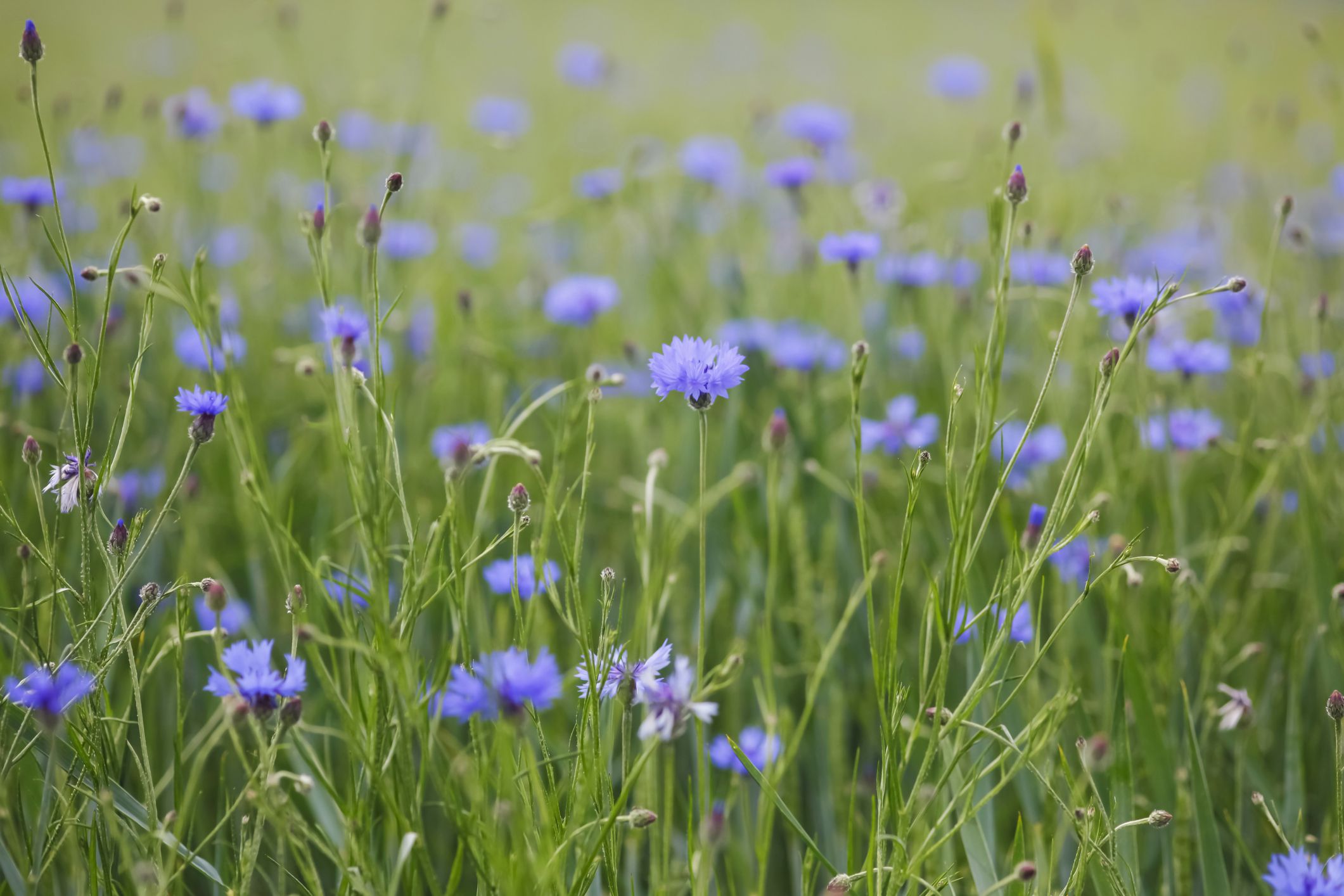


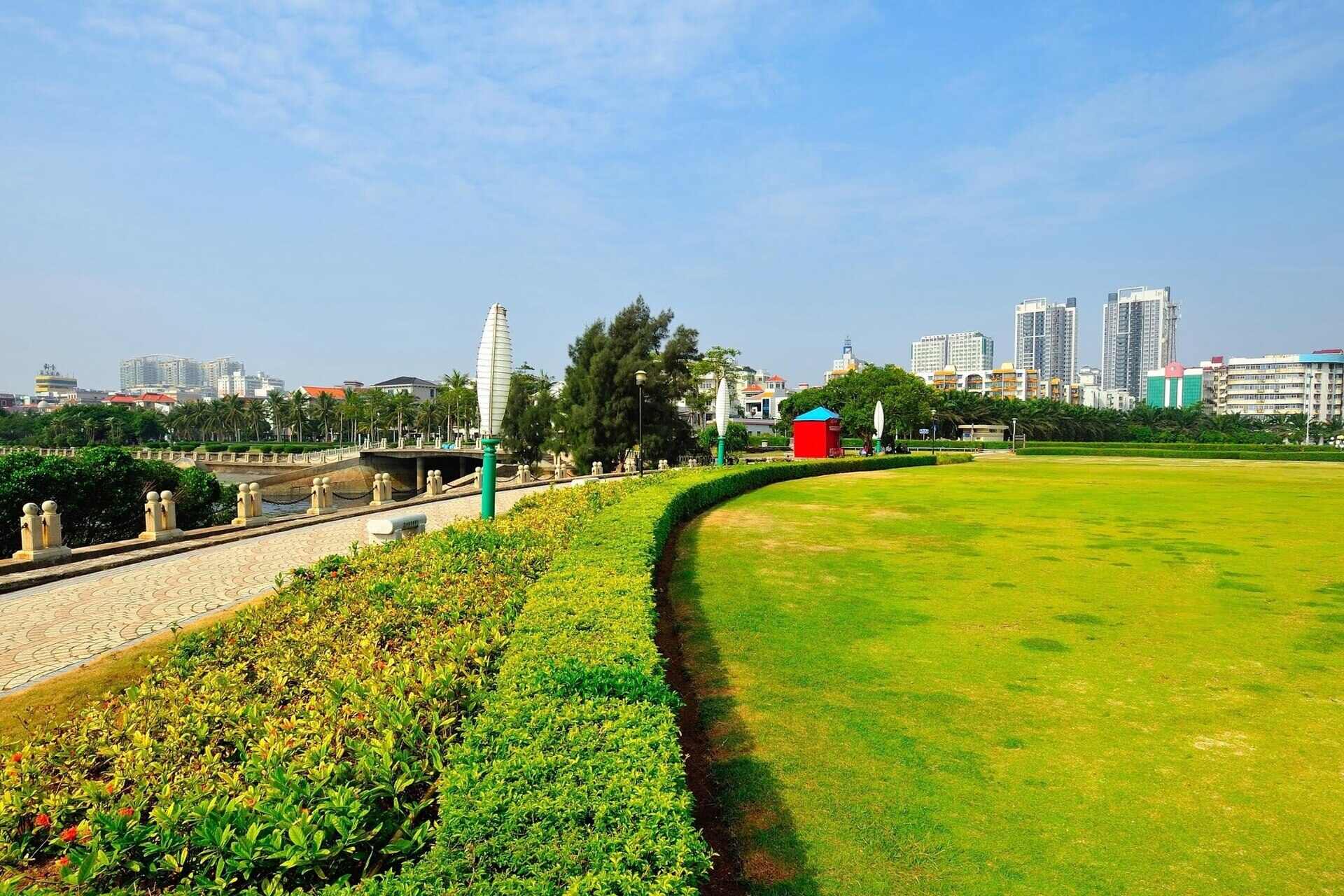

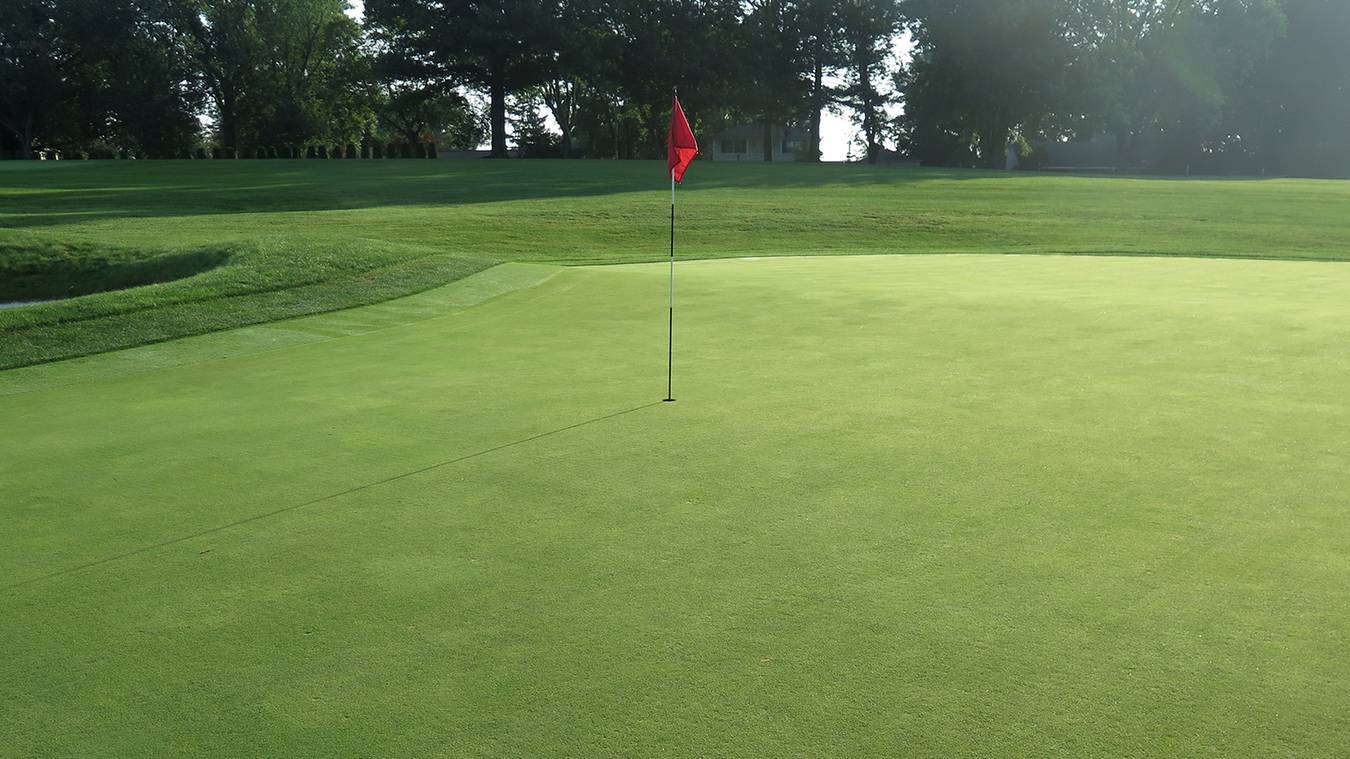
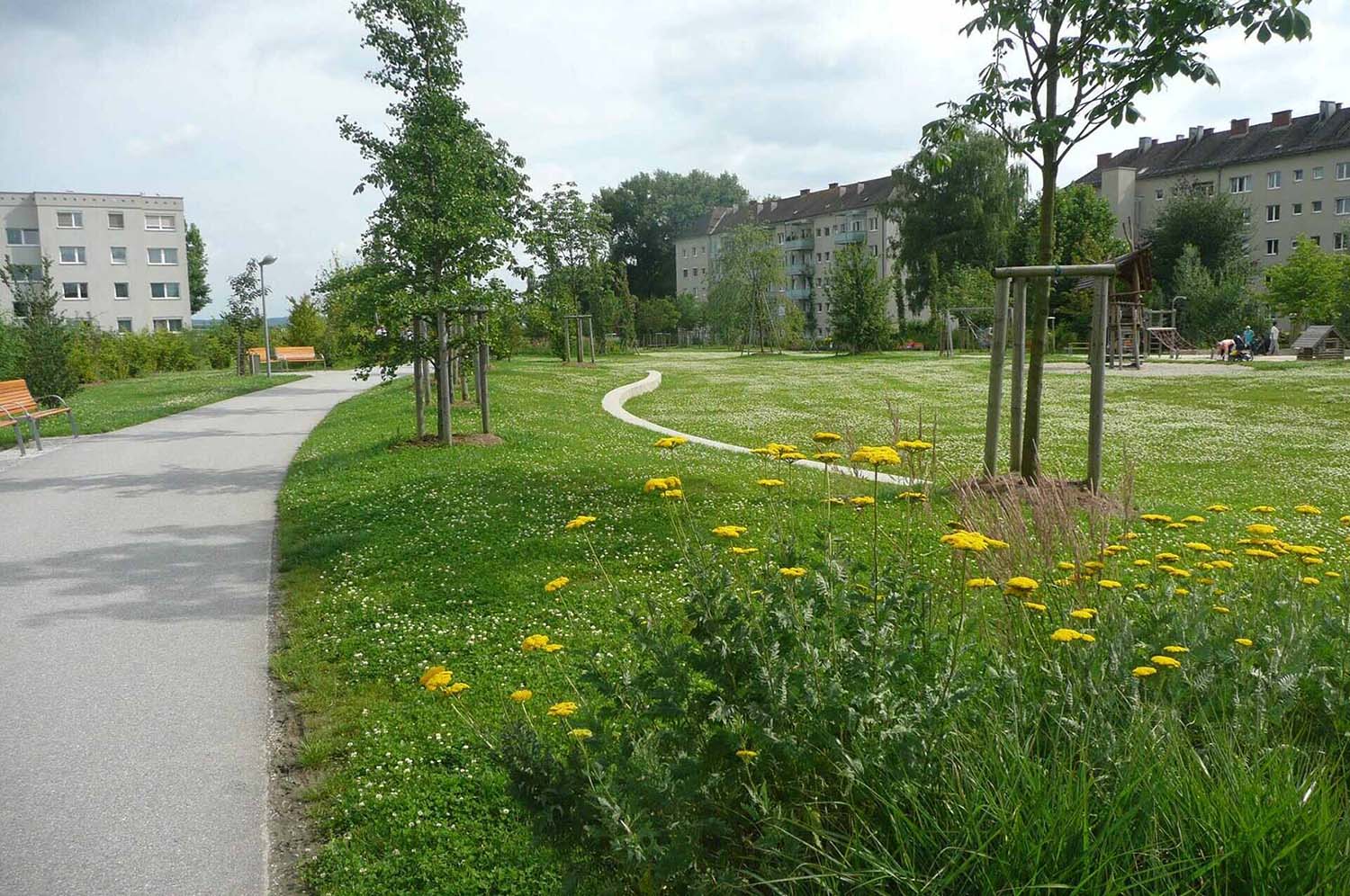

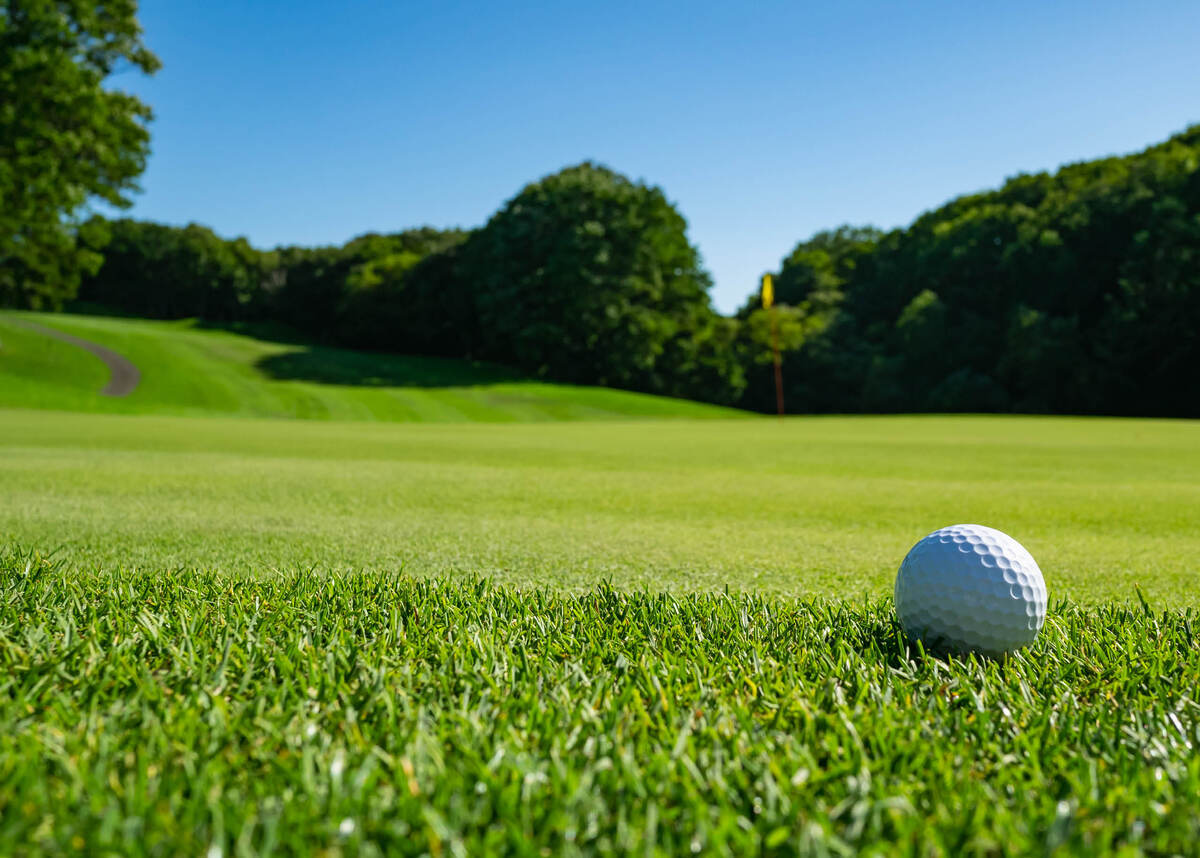


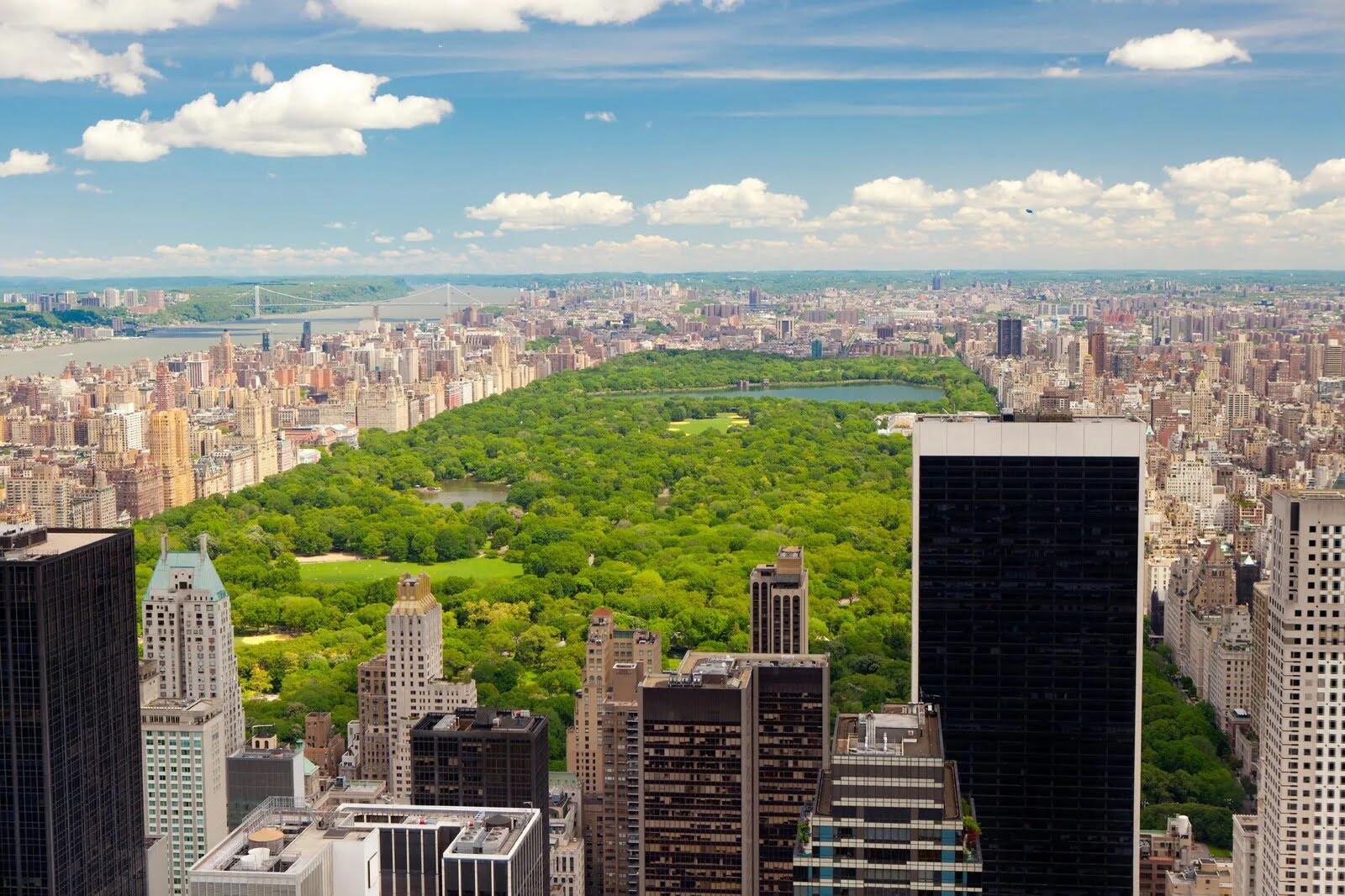
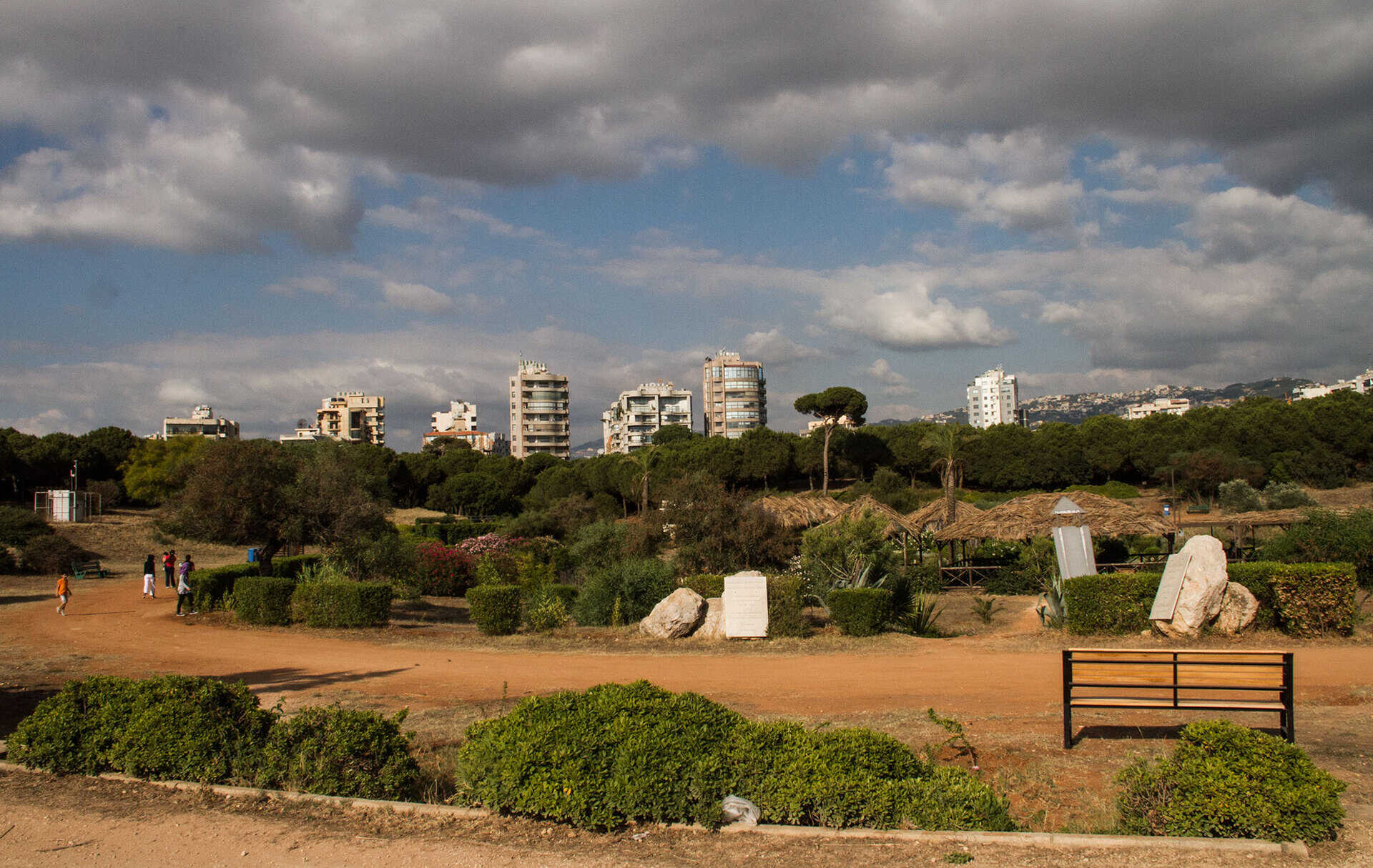
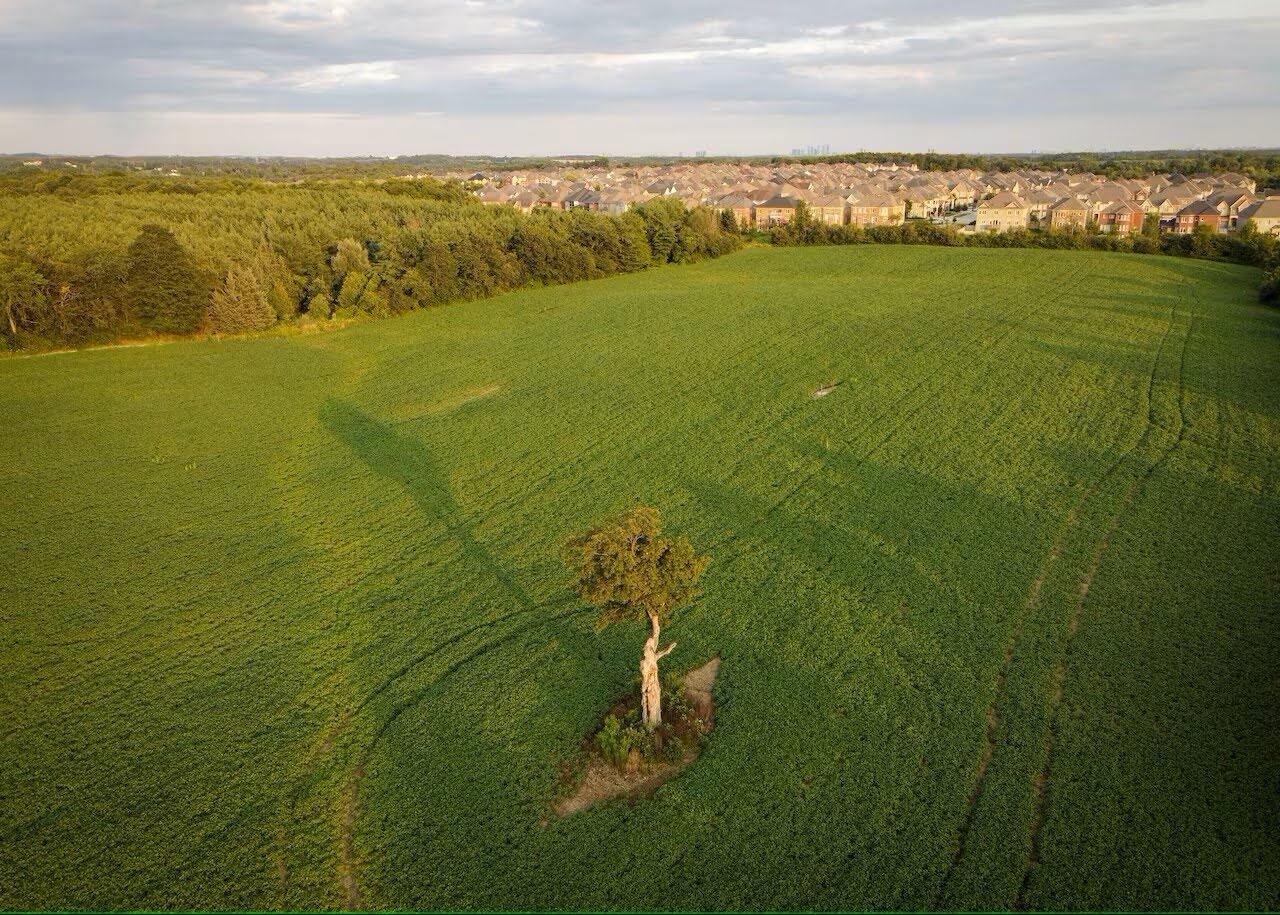

0 thoughts on “What Does Green Grass Symbolize”